Carey, Robert William Burdell
Killed in Action 1944-07-30
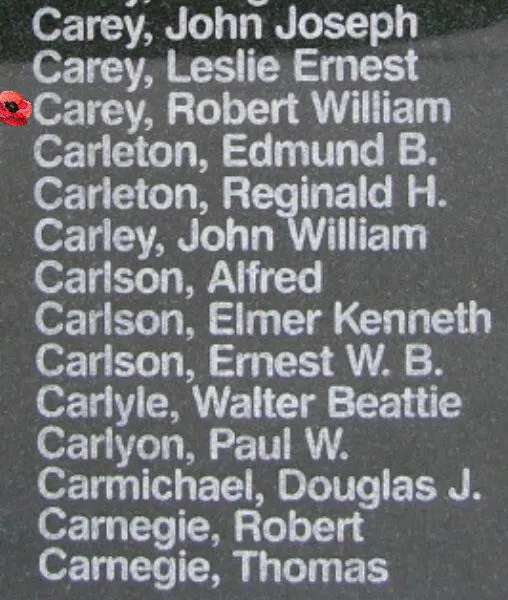

Birth Date: 1924-November-05
Born:
Robert William & Alice Carey
Home: Estevan, Saskatchewan (parents)
Enlistment:
Enlistment Date: Unknown
Service
RCAF
Unit
115 (B) Sqn- Squadron (RAF)
Despite The Elements
Base
RAF Witchford
Rank
Pilot Officer
Position
Pilot Officer
Service Numbers
J/90931
Prev: R/213501
Target
 Amaye-Sur-Seulles France
Amaye-Sur-Seulles France
First Burial
 Bretteville-Sur-Laize Canadian War Cemetery, France
Bretteville-Sur-Laize Canadian War Cemetery, France
Took off from Witchford at 05:59 in Lancaster Mk III (Sqn code KO-A Bomber Command) on an operation to bomb enemy strong points at Amaye-sur-Seulles in the Normandy Battle Area.
Aircraft was shot down (means not found) in the Calvados region of France with the loss of all crew.
Killed includes Carey:Pilot Officer William Morrow Conly RCAF J/90932 KIA Bretteville-Sur-Laize Canadian Cemetery grave XXVIII. E. 1.Pilot Officer George John Imrie RCAF J/95163 KIA Bretteville-Sur-Laize Canadian Cemetery grave II. A. 1.Pilot Officer Jack Maurice Lonie RCAF J/95164 KIA Bretteville-Sur-Laize Canadian Cemetery grave XXVIII. E. 2 (Jt.)Pilot Officer Clifford Arnold Thompson RCAF J/88046 pilot KIA Bretteville-Sur-Laize Canadian Cemetery grave III. D. 11.Pilot Officer Eric Thomas Fisher RAF KIA Bretteville-Sur-Laize Canadian Cemetery grave XXVIII. E. 2 (Jt.)Sergeant Edward Thomas MONEY (1867911) Flight Engi Lancaster PB130 IBCC [RAF] 1944-07-30 115 Sqdn AIR27 France Bretteville-Sur-Laize Canadian [Ref : II. A. 3.
Lancaster PB130
Avro Lancaster

Canadian Warplane Heritage Museum
The Avro Lancaster is a British Second World War heavy bomber. It was designed and manufactured by Avro as a contemporary of the Handley Page Halifax, both bombers having been developed to the same specification, as well as the Short Stirling, all three aircraft being four-engined heavy bombers adopted by the Royal Air Force (RAF) during the same wartime era.
The Lancaster has its origins in the twin-engine Avro Manchester which had been developed during the late 1930s in response to the Air Ministry Specification P.13/36 for a capable medium bomber for "world-wide use". Originally developed as an evolution of the Manchester (which had proved troublesome in service and was retired in 1942), the Lancaster was designed by Roy Chadwick and powered by four Rolls-Royce Merlins and in one version, Bristol Hercules engines. It first saw service with RAF Bomber Command in 1942 and as the strategic bombing offensive over Europe gathered momentum, it was the main aircraft for the night-time bombing campaigns that followed. As increasing numbers of the type were produced, it became the principal heavy bomber used by the RAF, the Royal Canadian Air Force (RCAF) and squadrons from other Commonwealth and European countries serving within the RAF, overshadowing the Halifax and Stirling. Wikipedia
115 (B) Sqn Despite The Elements ()
No. 115 Sqn was originally formed on Dec 1, 1917 as a heavy bomber squadron and joined the Independent Air Force of the RAF in August 1918. It was disbanded in 1919, then re-formed in June 1937. It formed part of RAF Bomber Command No. 3 Group in WWII. Starting with Handley Page Harrow aircraft, it transferred to Vickers Wellingtons in 1939, which it flew until March 1943, when it transferred to Avro Lancaster B. Mk. II and later B. Mks I and III. Between April 1940 and September 1942 the squadron was seconded to Coastal Command and based at Kinloss, Scotland. It rejoined Bomber Command and flew from Mildenhall, East Wretham and Little Snoring in 1942 and 1943 before settling at Witchford, Cambridgeshire from November 1943 until the end of hostilities.
In April 1940 the squadron made the RAF's first bombing attack on the mainland of Europe, at Stavanger in Norway. In August of 1941 it participated in the service trials of the new navigational aid, GEE, and as a result of its report the device was put into mass production. Overall, in WWII the squadron flew 5392 sorties and dropped about 23,000 tons of bombs. This was the second-highest tonnage of bombs in Bomber Command. The squadron was 3rd in the number of raids in the course of the war. Since it was active over the whole span of WWI, it lost the greatest number of aircraft of any squadron in Bomber Command: it was the only squadron to lose more than 200 aircraft.
 Canadian Virtual War Memorial
Canadian Virtual War Memorial Commonwealth War Graves Commission
Commonwealth War Graves Commission www.findagrave.com
www.findagrave.com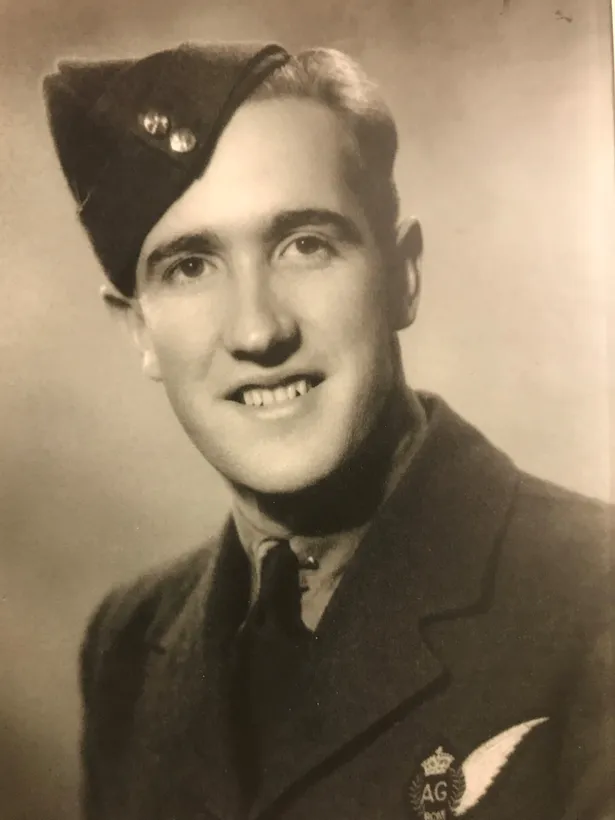
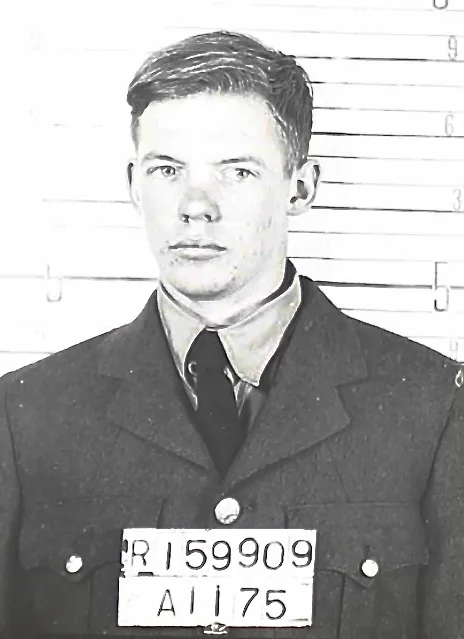
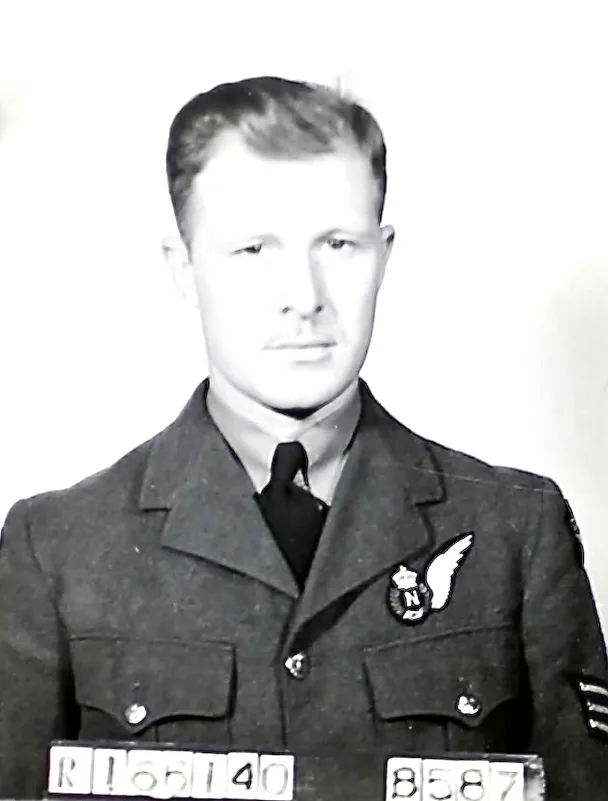
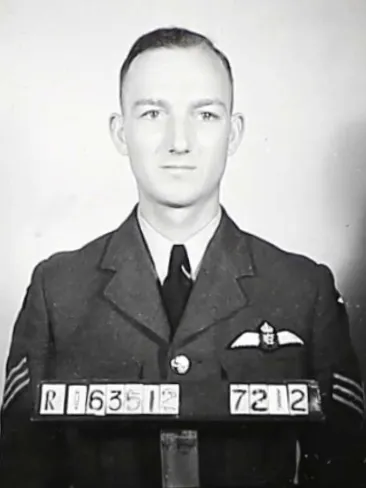
 Lancaster Bomber
Lancaster Bomber Wikipedia
Wikipedia Harold A Skaarup Web Page
Harold A Skaarup Web Page